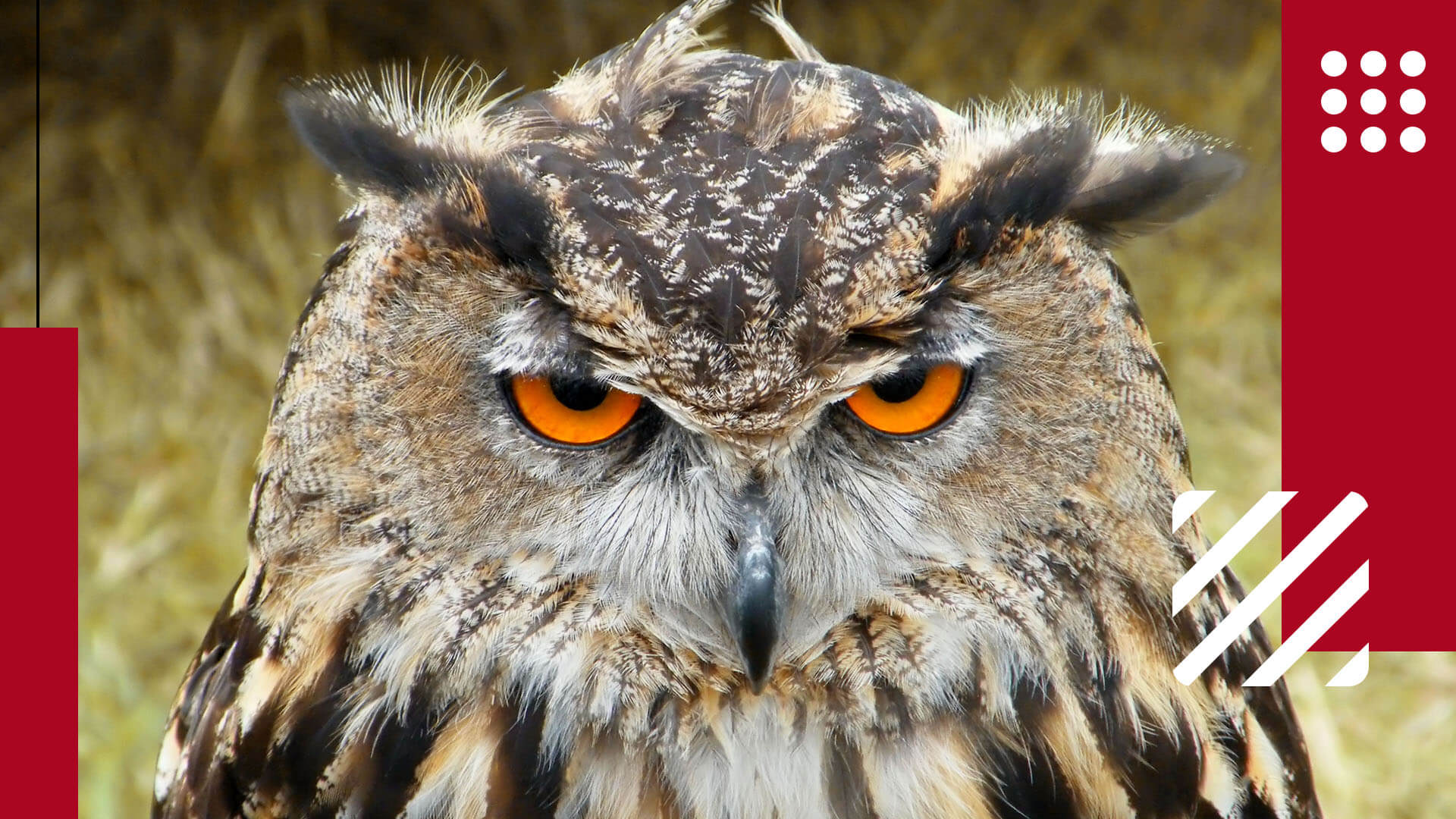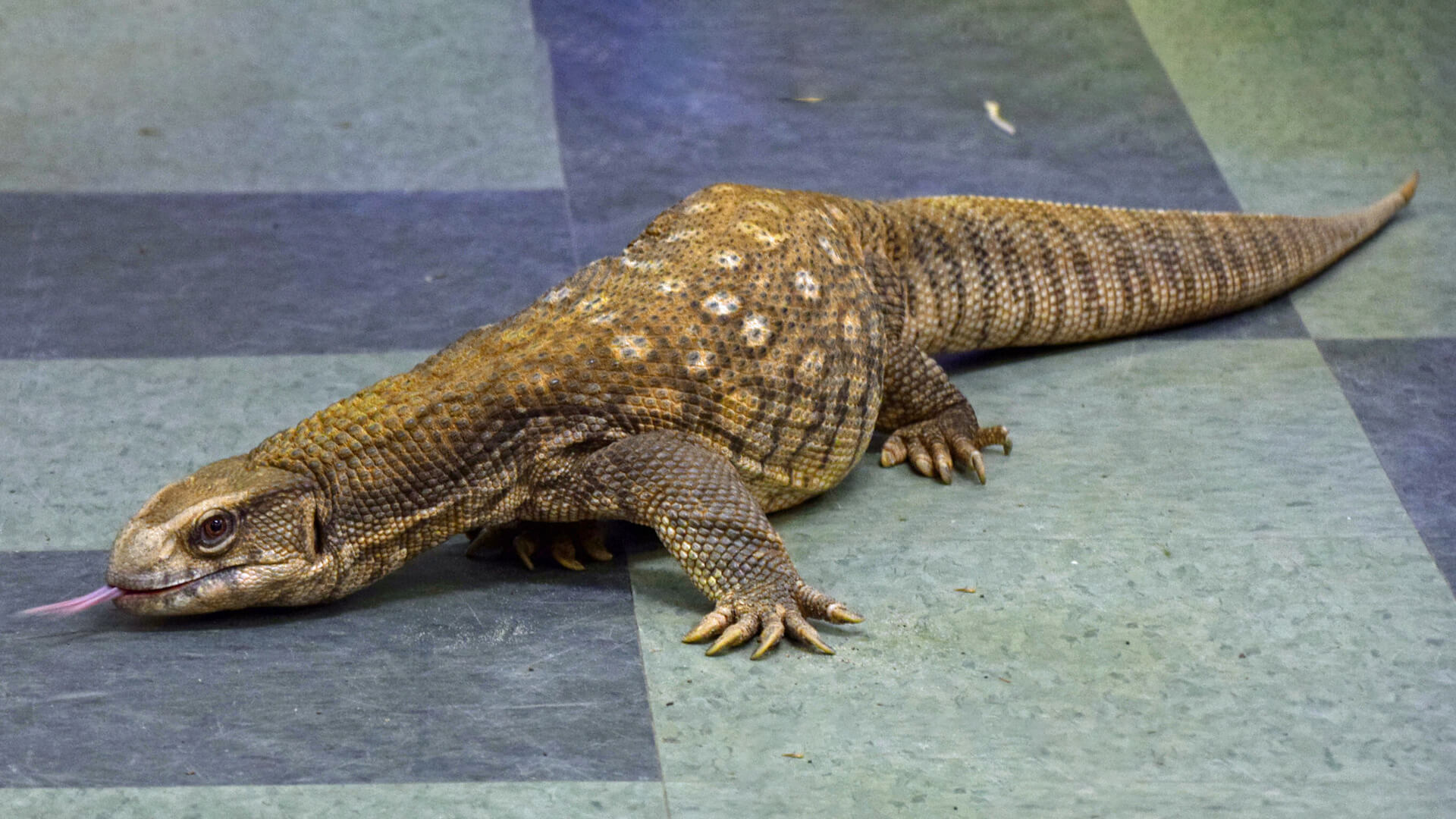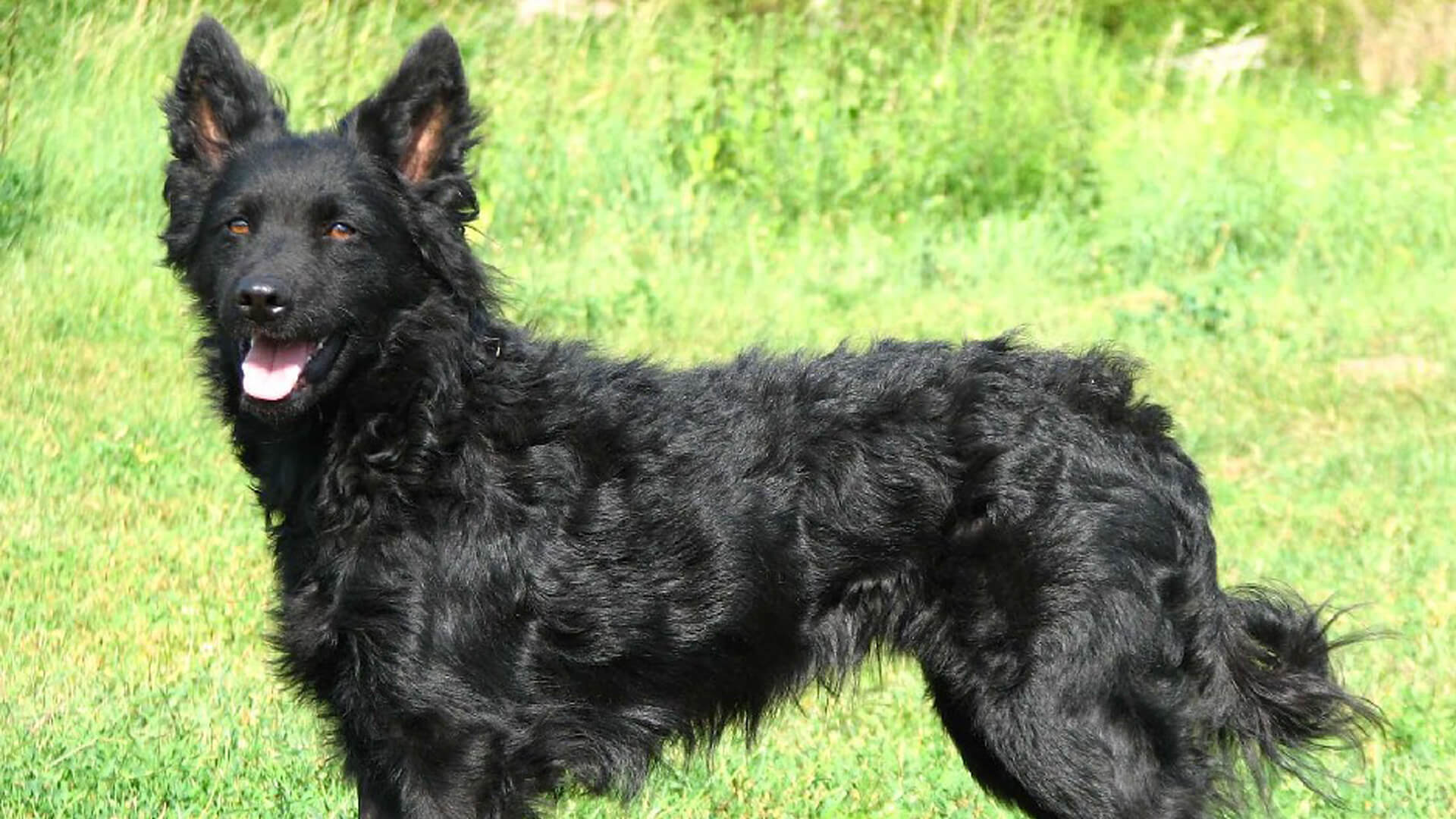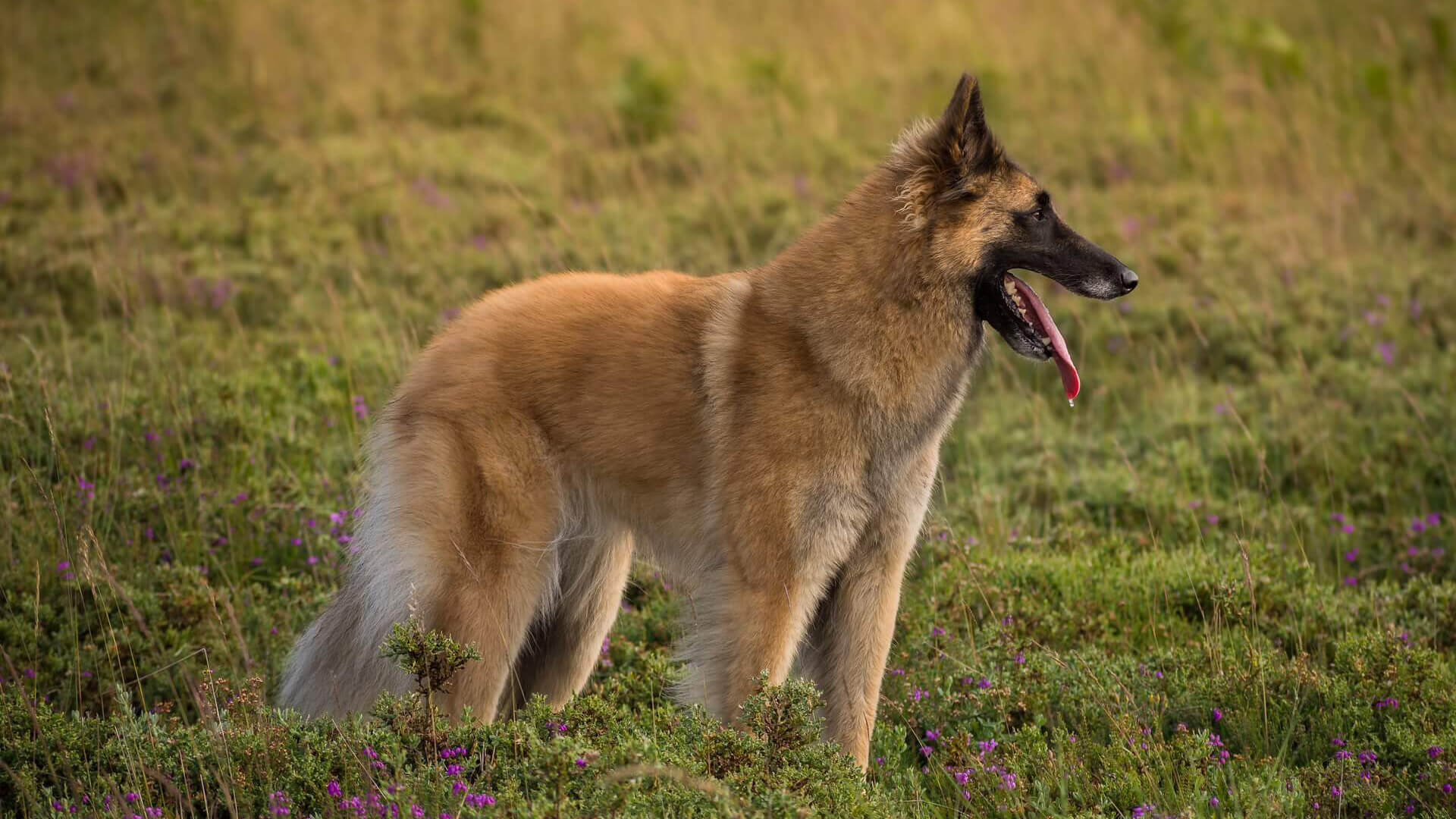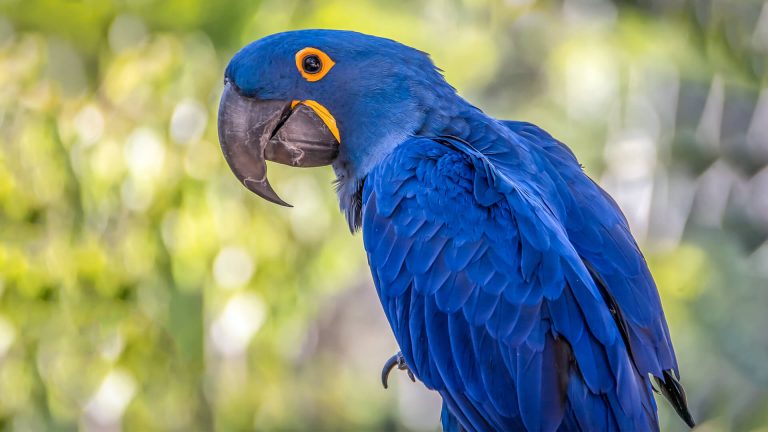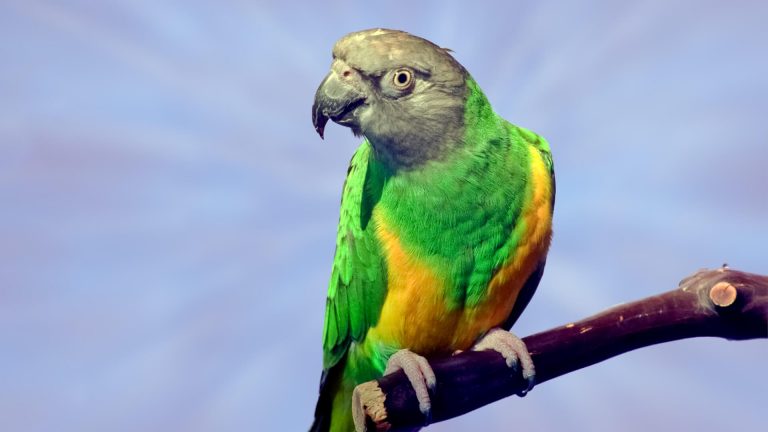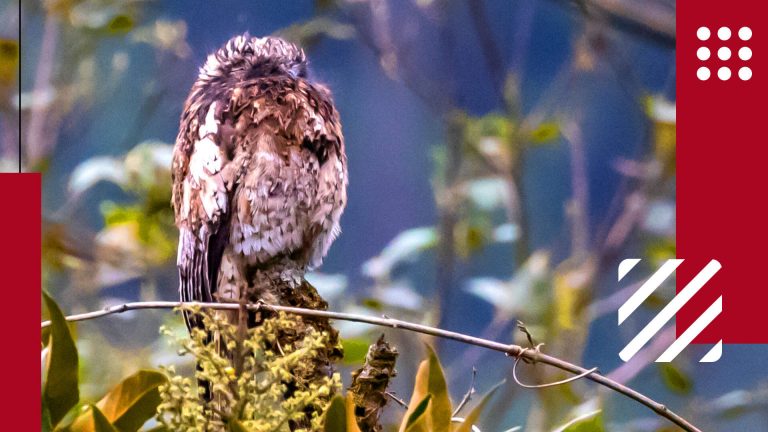Do you know ravens are known as bad omens and messengers of death? All this bad name has been generated through movies over many centuries. Raven is thought of as troublesome as it damages agricultural products. It has contributed to the lessening of many threatened and endangered species such as marbled murrelet, least tern, California condor, and desert tortoise.
This immense mostly black royal-looking bird is found almost the entire globe.
Distinctive Features of Raven
| Scientific name | Corvus corax |
| Lifespan | 10-20 years in the wild, up to 40 years in captivity |
| Color | Black with a glossy sheen |
| Size (inches) | 22-27 inches in length |
| Height | 2-2.7 feet |
| Weight | 1.5-4 pounds |
| Health risk | Low; typically healthy in captivity |
| Unique trait | Large size and intelligence |
| Famous for | Their intelligence and association with mythology and folklore |
| Temperament | Typically not suitable as pets due to their wild nature |
| Maintenance | High; require specific habitat requirements and diet |
| Adaptability | Low; require specific habitat requirements and diet |
| Behavior | Not recommended as pets for children due to their wild nature |
| Personality | Intelligent and curious |
| Social | Live in pairs or small family groups |
| Domesticated | Not commonly kept as pets, and in some places, it may be illegal to keep them as pets. |
Their neck is thick and their rough throat feathers make them appear distinctive. The beak is long and sharp. The feet are large. They can fly high in the sky. The wings are slender, and the tail looks triangular. The height variation is from 22-27 inches. The wingspan is between 45.5-46.5 inches. The appeal is such that you wish to keep a pet raven.
The common raven or Corvus corax is scientifically part of the Corvidae family. Other species in this family are magpies’ nutcrackers etc. Among them, the crow is the largest. Crow and ravens have similar behavior. However, ravens are larger compared to crows. Raven's tail, feather shape, and heavier bill mark them differently from crows. Know the differences between ravens and crows here.
Ravens are generally found in woodlands more so in coniferous forests, stony coastlines, and dry deserts. In the wild raven can live till 20 years. However, if kept well in captivity they can survive twice as long.

Do Ravens Make Good Pets?
Ravens soar and glide while crows do not do this. Ravens need to fly. Their wingspan is 3-4 feet. So, they need a lot of space to spread out their wings. It is advisable to place this pet raven in outdoor aviaries. Those ravens kept as a pet in congested areas where they cannot fly after a period look depressed and respond with hostility. They are not placed in a cage and watch types of birds.
The pet raven needs your time for interaction, play as well as feeding. They like their schedule. Under socialized raven is not magnanimous. Moreover, if your presence is detected at any point in time you better leave. Pet raven will use its 6-inch-long bill to discourage you.
Ravens prevail as tri-sexual partners. There are male, female, and a set of inter-sex. Females are relatively docile, and they sell out faster than males. The male raven is highly stung towards women.
Can Pet Ravens be Trained?
Pet raven is averse to training as it is in their nature to keep away from the novel and unfamiliar things. They take lengthened time to understand tasks and words. They can be abnormally pushy. When they throw tantrums, they bounce up and down, scream, and croak all cumulating into one sentence 'leave me alone'. If you persist, ravens flap, pound, and jab with their beak. They are obstinate and difficult to train. Their memories are very lasting. If you happen to hurt them, they will remember it for many months without forgiving you. They are very retaliating, narrow-minded, and very jealous.
Ravens exist in pairs. Once they are adolescents, they form the same age groups. Ravens are very communicative. Their voice recording shows 30 varying vocalizations. In captivity, they mimic elementary human speech. Among themselves, they croak and make a wonk-wonk sound.
It is better not to bring in an adult raven home as a pet. It is so used to its habitat that it will detest being caged and living with humans. Those raven who has been adopted as babies getting love from humans become docile and associate well with the caregiver. This pet raven is not likely to attack.
What People Are Reading:
How to Take Care of Pet Raven?
Owning a pet raven is not legal in many areas, and in some places where it is legal, it may require a special permit. However, for informational purposes, here are some tips on how to take care of a pet raven:
Know What to Feed Pet Raven
Ravens are scavengers and feed on animal carcasses. They dig up garbage for eating. They even attack rodents and nests of birds. They eat arthropods inclusive of grasshoppers as well as scorpions. Seeds and grains are part of their diet. Ravens are omnivorous birds and live on meat as well as vegetation.
Ravens are smart and bright birds and apply their beak to slit open objects for meals and nestling. In the wild, they eat what they get. Food varies according to the habitat and convenience of food. Ravens conceal their food from other animals and the same species.
In a well-established zoo, ravens are served mice, fruits, ground beef, and eggs which are hard-boiled and commercially available arid pellet food. In case you take a raven as a pet, serve food that has a likeness to what they eat in nature. You could give them bugs, crabs, snails, fruit cereals, and human food like bread, spaghetti, eggs, cat food, chicken, beef, liver, etc.
Setup Habitat for Pet Raven
Ravens are wild birds and love to live in nature. They will plausibly not be at the best behavior in a cage as a pet even if it is huge and kept outside. Raven is not an indoor bird. They require space to perch from pole to pole and be the master of their territory. They like to fly long distances. Keep raven as a pet if your property is huge. Build an outdoor aviary.
Ravens call for another same species of bird, its sound resonates through long distances. If you pet a Raven, your garden will become a den for a group of ravens.
Family bonds are very vital for ravens which is why they live in groups. Getting excluded is the worst thing that can happen to a raven. Ravens can show anger, sadness, pain, frustration, and excitement.
An inquisitive pet raven if left open inside the house will investigate all items of the environment; you may not be able to locate your car keys jewelry pieces etc. They pick up objects and hide them.
What are the Health Issues of Ravens?
Ravens are generally hardy and healthy birds, but like all animals, they can be prone to certain health issues. Some of the most common health issues that ravens may experience include:
- Infectious diseases: Ravens, like all animals, can be susceptible to infectious diseases such as bacteria, viruses, and parasites. These diseases can be transmitted through contaminated food or water, and they can be difficult to diagnose and treat.
- Nutritional deficiencies: Ravens require a varied and balanced diet in order to maintain good health. If they are not provided with enough of the nutrients they need, they may develop deficiencies that can lead to health problems.
- Injuries: Ravens, like all birds, are prone to injuries due to their active and curious nature. They may be injured by collisions with objects, falls, or fights with other birds, and these injuries can range from minor to severe.
- Egg binding: Female ravens may experience egg binding, which is a condition in which an egg becomes stuck in the oviduct and cannot be laid. This can be a serious condition that requires immediate medical attention.
- Dehydration: Ravens, like all animals, require access to clean water in order to maintain good hydration. Dehydration can occur if a raven is not provided with enough water, and it can lead to serious health problems.
In order to prevent or mitigate these health issues, it is important to provide ravens with proper care, including a healthy diet, a clean and safe environment, and regular veterinary care. It is also important to recognize the signs of illness or distress in ravens and to seek medical attention as needed.
Frequently Asked Questions About Raven
Here are some frequently asked questions about ravens:
Is it legal to pet a raven?
Laws forbid keeping pet ravens in captivity without a special permit because it is a migratory birds. If rules do not adhere to the bird can be confiscated and fines levied. In case you come across an injured bird inform the animal shelter else sanctuary for rehabilitation. The migratory bird Act of 1916 prohibits anyone in the USA from owning a raven. Only licensed wildlife rehab facilitators can own it. You can purchase a raven that is not native to the USA. You will have to give a good reason to own a pet raven. Despite all the trouble you wish to keep raven as a pet search for an established breeder. The cost varies from $2000-$6000.
What do ravens eat?
Ravens are omnivorous birds, and they have a diverse diet that includes insects, fruit, seeds, small mammals, and carrion (dead animals). In the wild, they are known to be opportunistic feeders, and they will eat whatever food is available. In captivity, ravens require a varied diet that includes a variety of fresh foods and commercial bird feed.
How big do ravens get?
Ravens are large birds, and they can grow to be 24-27 inches in length and weigh 1-2 pounds. They have long, broad wings and distinctive wedge-shaped tails.
Are ravens intelligent?
Ravens are considered to be among the most intelligent of all bird species, and they are known for their problem-solving abilities and cognitive flexibility. They have been observed using tools, playing games, and exhibiting other complex behaviors that are typically associated with intelligent animals.
Do ravens mate for life?
Ravens are known to form strong bonds with their mates, and they may mate for life. However, if one mate dies, the surviving mate will typically find a new mate.
How do ravens communicate?
Ravens are highly vocal birds, and they have a wide range of vocalizations that they use to communicate with each other. They also use body language and physical gestures to communicate, and they have been observed exhibiting a wide range of complex social behaviors.

